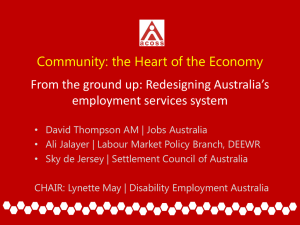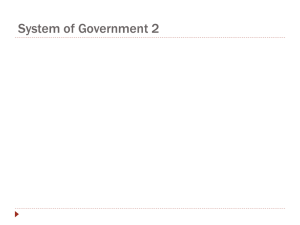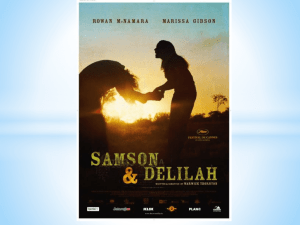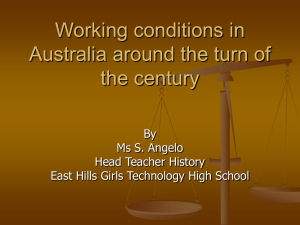Year 9 History
advertisement
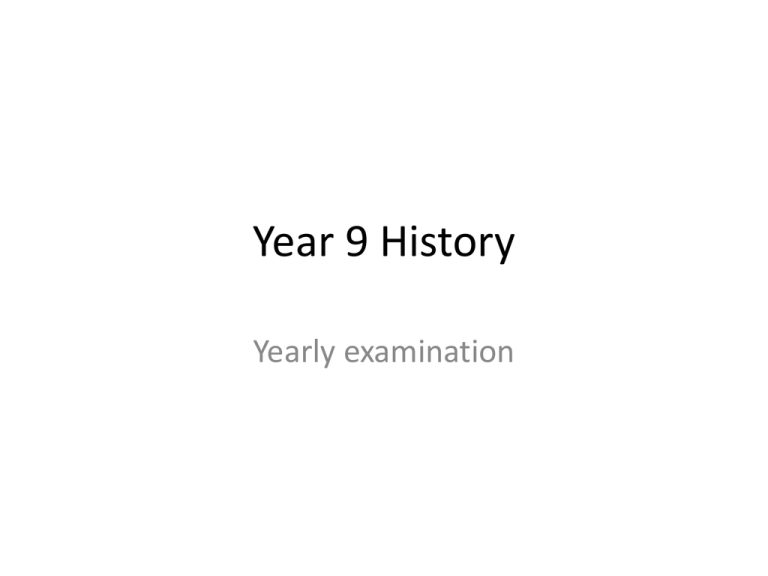
Year 9 History Yearly examination Multiple Choice Questions • Question Types – Straight knowledge – A source with one or more questions asking for interpretation of the source • Strategies – Read the question carefully – Read the sources carefully – Choose the MOST CORRECT answer (even if you think it is not totally accurate in detail) – don’t over analyse Single Line Questions • Question types – Single line answers worth 1 mark – Short paragraph answers worth more than one mark • Strategies – Read or look at the sources carefully – If visual, make sure you look at the detail carefully as well as seeing any word cues and/or captions – Write answers appropriate to the mark value – not too much for one mark which wastes time, not too little for more marks. The more marks, the more information required – Answer the question asked directly – refer directly to the sources through quotes, paraphrase or referral to visual aspects Extended Response Questions • Question type – One question that requires an extended response of a page – You are given direction about what might be included in the response • Strategies – Read the question and the sources carefully – underline key words or ideas as you go. – When responding, don’t leave any part of the question directions out – Answer in proper prose form with paragraphs and correctly constructed sentences, correct spelling and punctuation – Answer the question asked directly . Refer directly to the sources through quotes, paraphrase or referral to visual aspects – Give detailed information from your own knowledge, don’t just use the sources – Follow the direction of the key verb. Don’t describe or narrate if it says discuss or explain – Have an introduction which outlines your main points but doesn’t give the detail – Have a conclusion which summarises what you have said Revision • Australia to 1914 – How people lived in Australia around the turn of the century – Federation • Reasons for Federation • The Constitution • Division of responsibilities between federal and state governments • The composition of our population at Federation and attitudes • Voting rights of different groups – women and Aborigines – origins and implementation of the Immigration Restriction Act 1901 – Working conditions in Australia at turn of century – Social legislation 1901-1914: Harvester Judgement, basic wage, invalid and old age pension schemes, maternity allowance • Australia and WW1 – Australia as a member of the British Empire • Why we joined the war; attitudes to the war – Australia’s involvement in WW1 • How the war started: imperialism, alliances, arms race, assassination of Archduke Ferdinand • Where Australians fought in the war – Gallipoli Campaign • Reasons, conditions, battles – Creation of the Anzac Legend – Conscription issue • The opposing sides and their arguments – Experiences of women in WW1 in Australia – Australia’s commemoration of WW1 • Australia Between the Wars – Group – the unemployed • Why the Depression occurred • What life was like for the unemployed – Individual – student choice – Event – Building and Opening of Sydney Harbour Bridge – Political Development – Dismissal of Jack Lang • Main developments – Lang’s response to handling the economic crisis of the Depression • Main features – the reaction of Lang’s opponents and the Federal Government • Significance of his dismissal – Know about the nature of the times – 1920s and 1930s – social, economic, political • Australia and World war 2 – How the war began • Failure of Treaty of Versailles • Expansionist policies of fascist countries, especially Germany • Britain and France’s policy of Appeasement • The steps that led to the war – How Australia became involved • Legally – Statute of Westminster not ratified • Culturally – ties and loyalty to Britain – remains of a sense of British Empire





